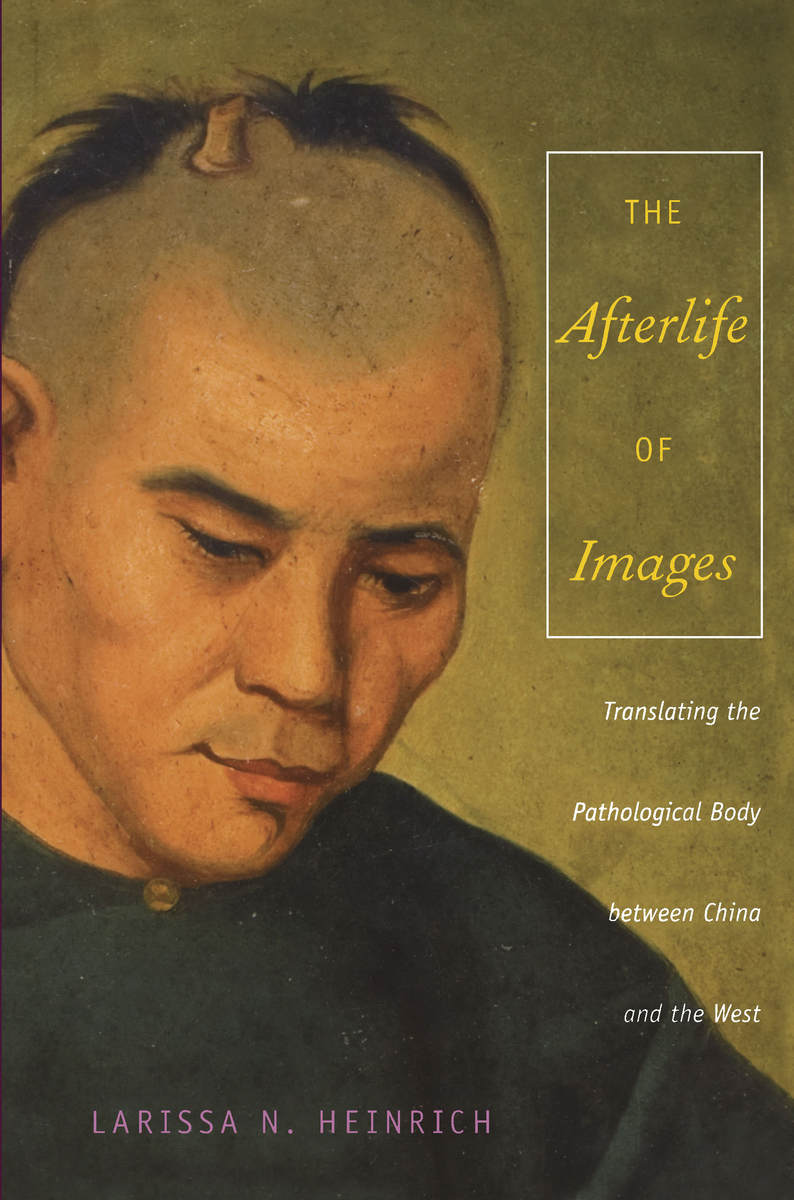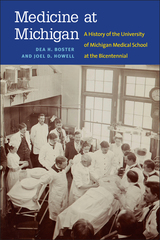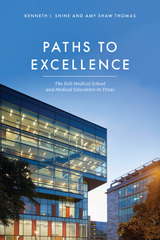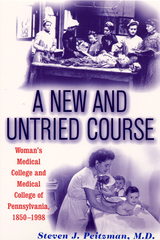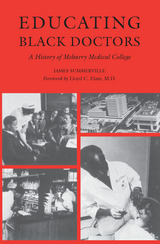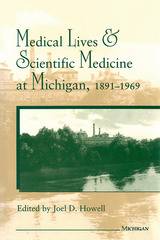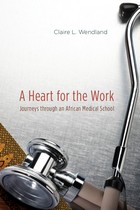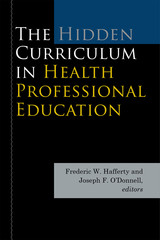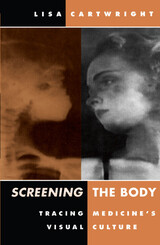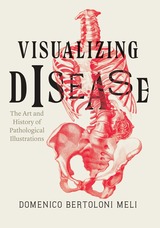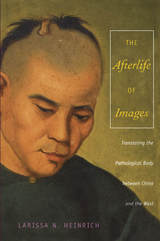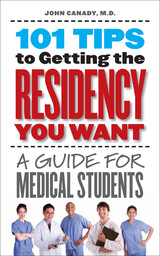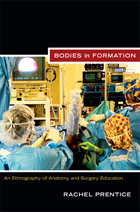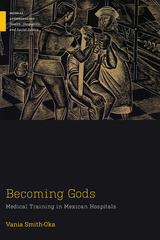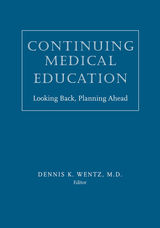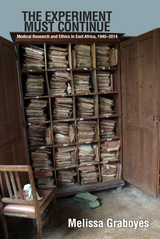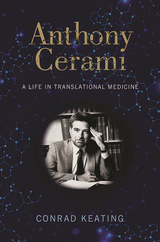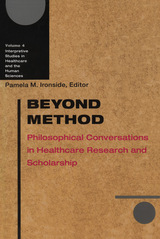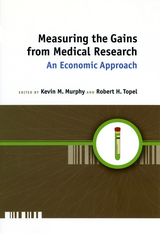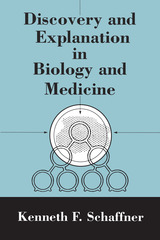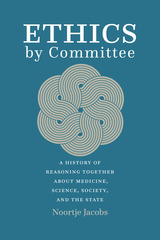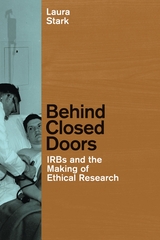“This book is exemplary for doing what very few works of scholarship on Chinese history have done—privileging visual sources over textual ones. . . . [T]he effect of the book is remarkable, and The Afterlife of Images achieves its larger goals of pushing analysis of images to the forefront of the historical agenda, challenging us to look beyond written sources for the origins of the
discourse of China’s pathology.” - David Luesink, China Perspectives
“In The Afterlife of Images, Larissa Heinrich not only achieves the difficult task of incorporating the epistemological significance of ‘ocular evidence’ into her historical analysis (p. 4), but she also addresses the cross-cultural dynamics in the history of conceptions of pathology between China and the West.” - Howard H. Chiang, Social History of Medicine
“Very well illustrated, this work demonstrates how valuable the study of images and photographs is for rethinking modern Chinese history and literary change.” - Benjamin A. Elman, The International History Review
“The Afterlife of Images opens a new window through which scholars and students can see and debate how Western medicine and science participated in shaping modern Chinese conceptions of the body, the self, and the nation, as well as the Chinese imagination of modernity.” - Yanhua Zhang, China Review International
“This is such a beautifully written, easy to understand, excellent book; I think Heinrich’s unwillingness to be bounded by the parochial limits of disciplines is a huge factor in the strength and success of her arguments. . . . Heinrich also makes clear through implication how easily the supposedly rational and objective discourses of science and medicine are repurposed and deployed for tendentious, politicized, even imperialistic purposes; in some ways the imposition of modern science and medicine on China, more or less with the threat of military force implicit in its background, mirrors the imposition at gunpoint of the supposedly universal and transcendent of international law discussed by James Hevia and Lydia Liu: chilling. If the topic sounds at all interesting to you, I can't recommend this book enough.” - Andrea J. Horbinski, Cognitive Resonance blog
“Heinrich's book is an important addition to a growing interest in medical images in China. . . . Heinrich's work shows that the cultural importance of such images and their history transcends the boundary of clinical medical practice and helped shape the very nature of expression in China in the twentieth and twenty-first centuries.” - Sander L. Gilman, Visual Resources
“The Afterlife of Images is a fascinating and important study of the ways that Western medicine participated in the formation of ideas of race, the discrete body, the autonomous self, the nation, and a modernist literary imagination in China. Well written, carefully researched, and loaded with subtle and persuasive interpretations, it is the kind of historical study needed to demonstrate the aesthetic and ontological constructions—the naturalizing powers of medical representation—that have given us our complex modern ‘nature.’”—Judith Farquhar, author of Appetites: Food and Sex in Post-Socialist China
“Larissa N. Heinrich deftly weaves a range of materials—including prints, painting, photography, and literature—into a fascinating narrative of the ways visual and linguistic tropes formed and reinforced certain eighteenth- and nineteenth-century Western understandings of China. Furthermore, she is attentive to the dialectics of the relationship, especially the way that Western knowledge and ways of seeing shaped certain Chinese concepts about China and its problems, especially in the latter half of the nineteenth century and the early twentieth.”—Stanley K. Abe, author of Ordinary Images
“The Afterlife of Images opens a new window through which scholars and students can see and debate how Western medicine and science participated in shaping modern Chinese conceptions of the body, the self, and the nation, as well as the Chinese imagination of modernity.”
-- Yanhua Zhang China Review International
“Heinrich's book is an important addition to a growing interest in medical images in China. . . . Heinrich's work shows that the cultural importance of such images and their history transcends the boundary of clinical medical practice and helped shape the very nature of expression in China in the twentieth and twenty-first centuries.”
-- Sander L. Gilman Visual Resources
“In The Afterlife of Images, Larissa Heinrich not only achieves the difficult task of incorporating the epistemological significance of ‘ocular evidence’ into her historical analysis (p. 4), but she also addresses the cross-cultural dynamics in the history of conceptions of pathology between China and the West.”
-- Howard H. Chiang Social History of Medicine
“This book is exemplary for doing what very few works of scholarship on Chinese history have done—privileging visual sources over textual ones. . . . [T]he effect of the book is remarkable, and The Afterlife of Images achieves its larger goals of pushing analysis of images to the forefront of the historical agenda, challenging us to look beyond written sources for the origins of the
discourse of China’s pathology.”
-- David Luesink China Perspectives
“This is such a beautifully written, easy to understand, excellent book; I think Heinrich’s unwillingness to be bounded by the parochial limits of disciplines is a huge factor in the strength and success of her arguments. . . . Heinrich also makes clear through implication how easily the supposedly rational and objective discourses of science and medicine are repurposed and deployed for tendentious, politicized, even imperialistic purposes; in some ways the imposition of modern science and medicine on China, more or less with the threat of military force implicit in its background, mirrors the imposition at gunpoint of the supposedly universal and transcendent of international law discussed by James Hevia and Lydia Liu: chilling. If the topic sounds at all interesting to you, I can't recommend this book enough.”
-- Andrea J. Horbinski Cognitive Resonance blog
“Very well illustrated, this work demonstrates how valuable the study of images and photographs is for rethinking modern Chinese history and literary change.”
-- Benjamin A. Elman International History Review
